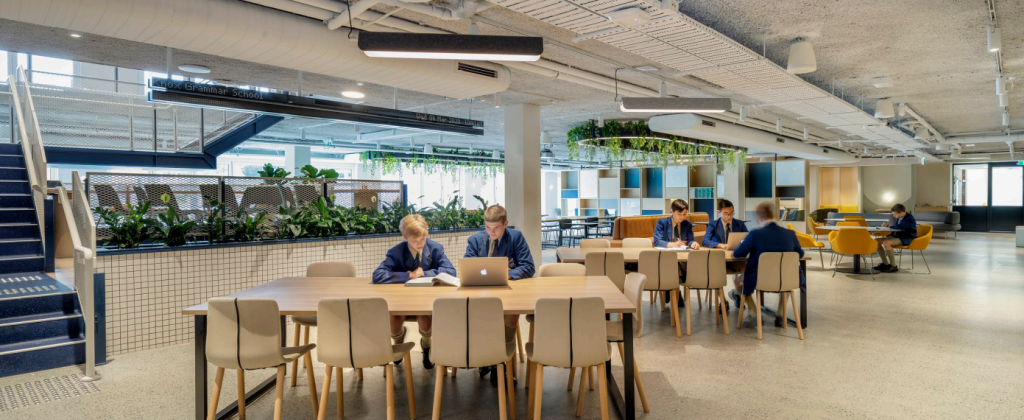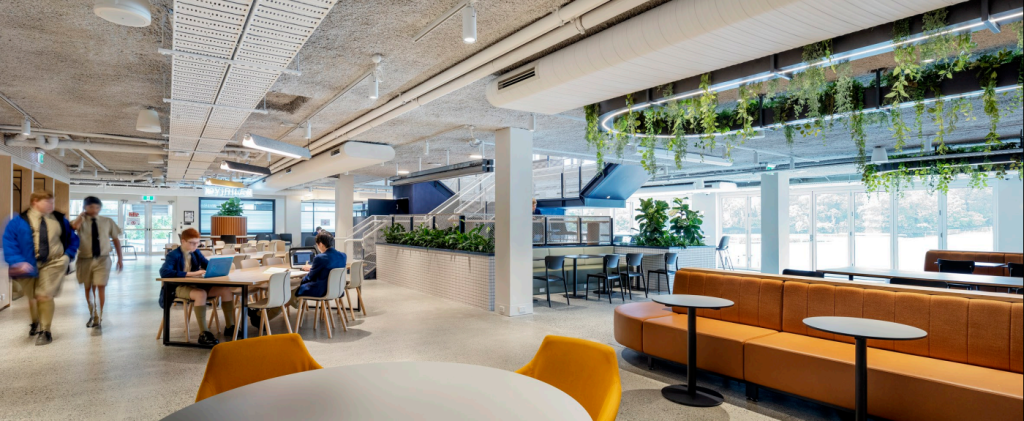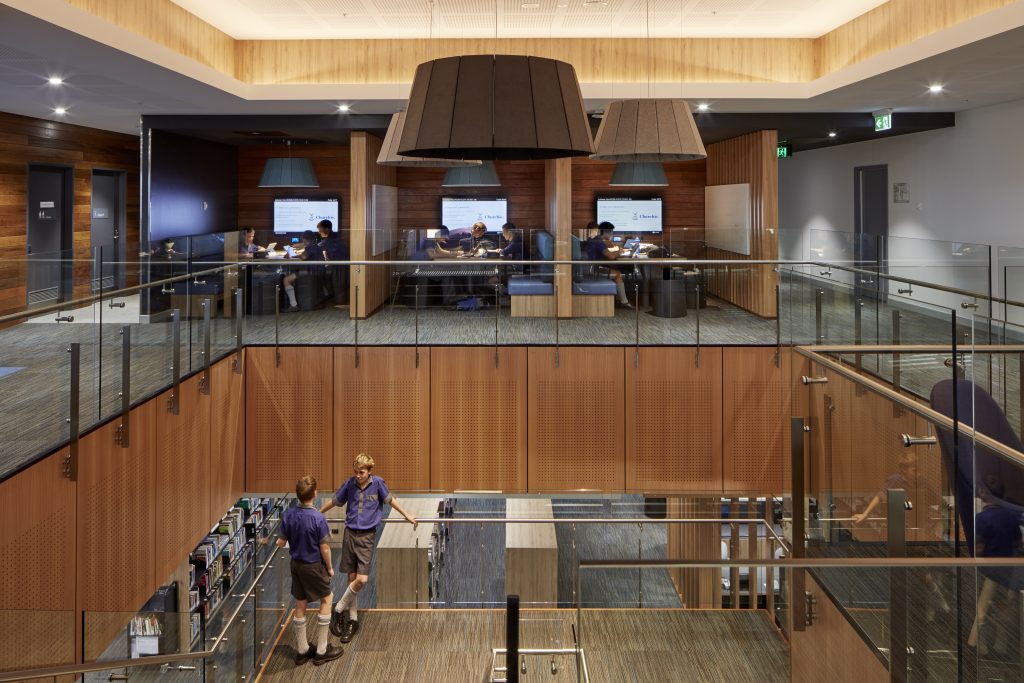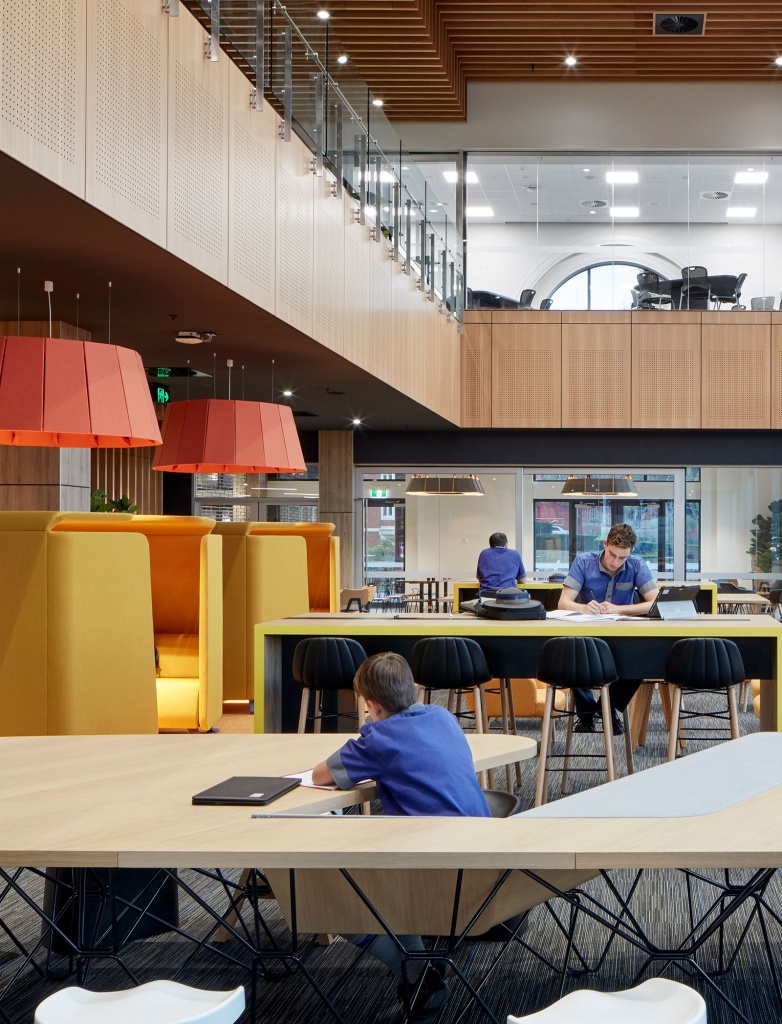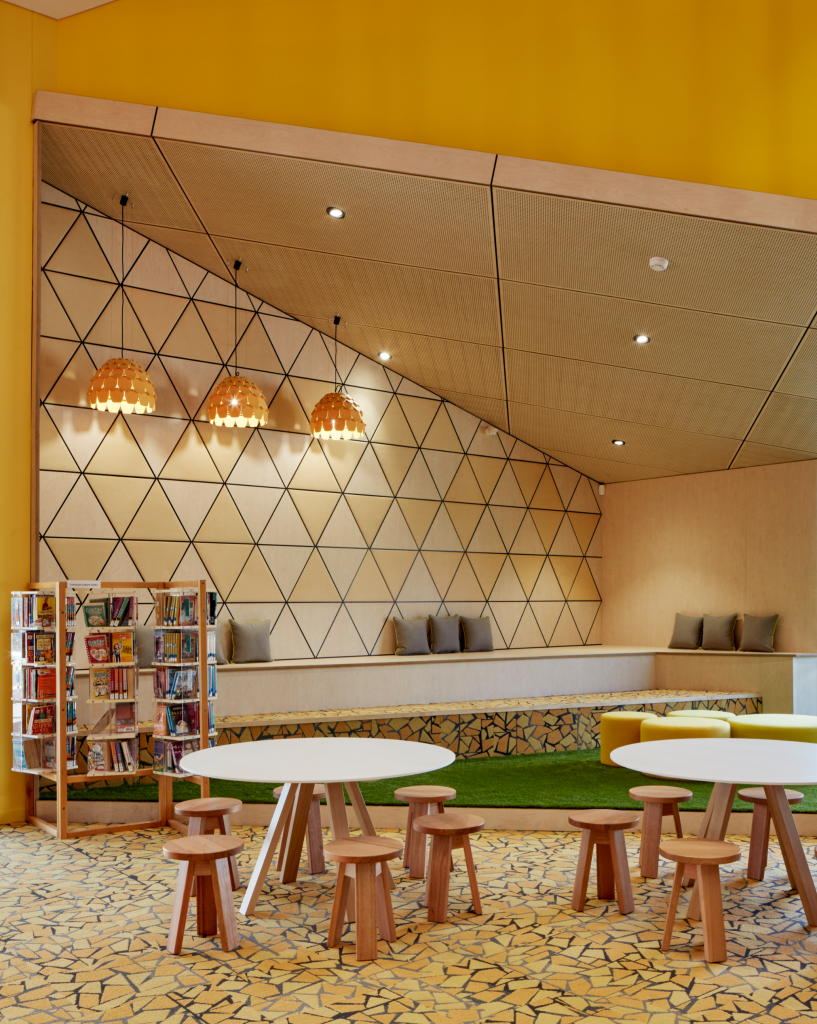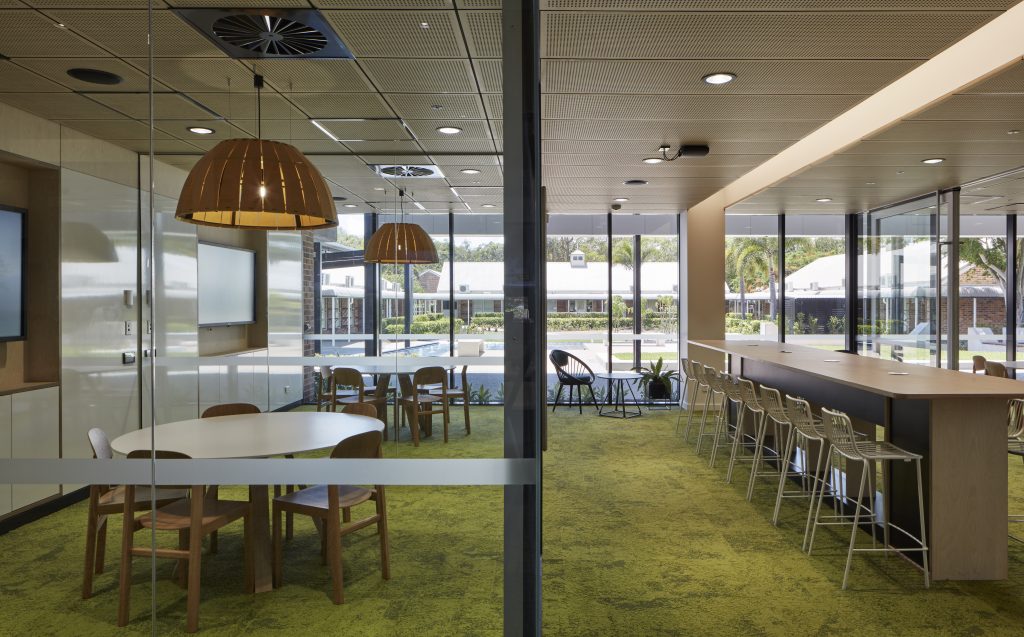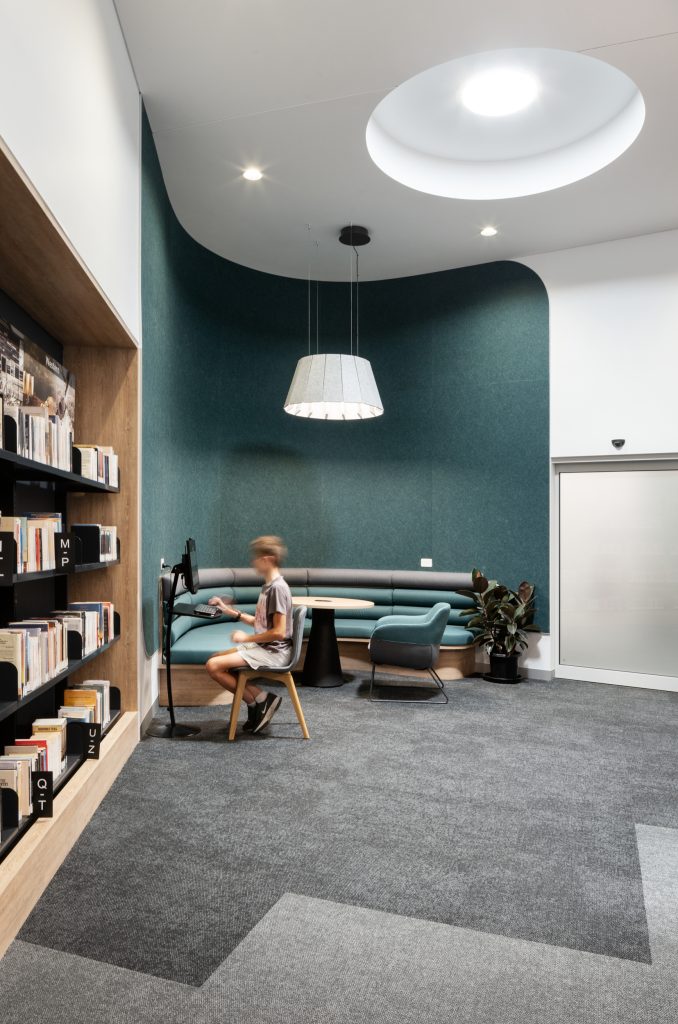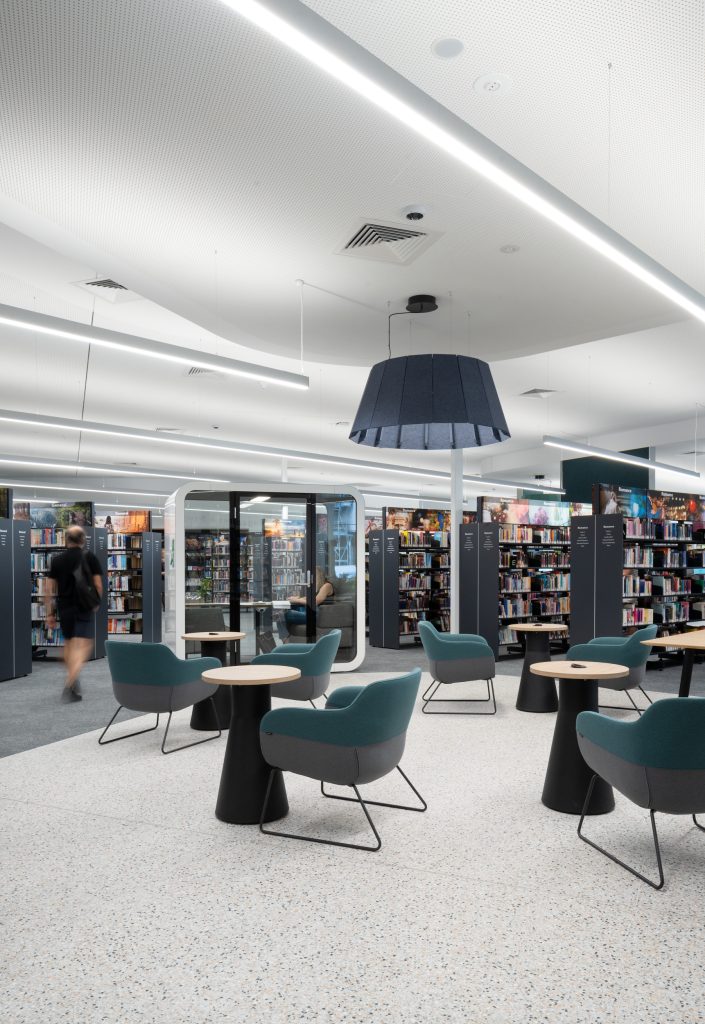As numerous K-12 and university students plan to return to the classroom, countless design and education leaders are reevaluating ways to create successful, inclusive learning environments. Especially after a year of remote learning during the pandemic, many are reflecting on ways to assure the return to the classroom is a smooth transition. One method of creating a happy and healthy learning experience is by considering the learning environment itself.
The construction and design of education facilities play a massive psychological role in how information is received and retained. The best learning environments promote clear minds, mitigate stress levels and increase concentration. This is where cost-effective solutions, such as strategically placed acoustic lighting, can make a huge difference.
